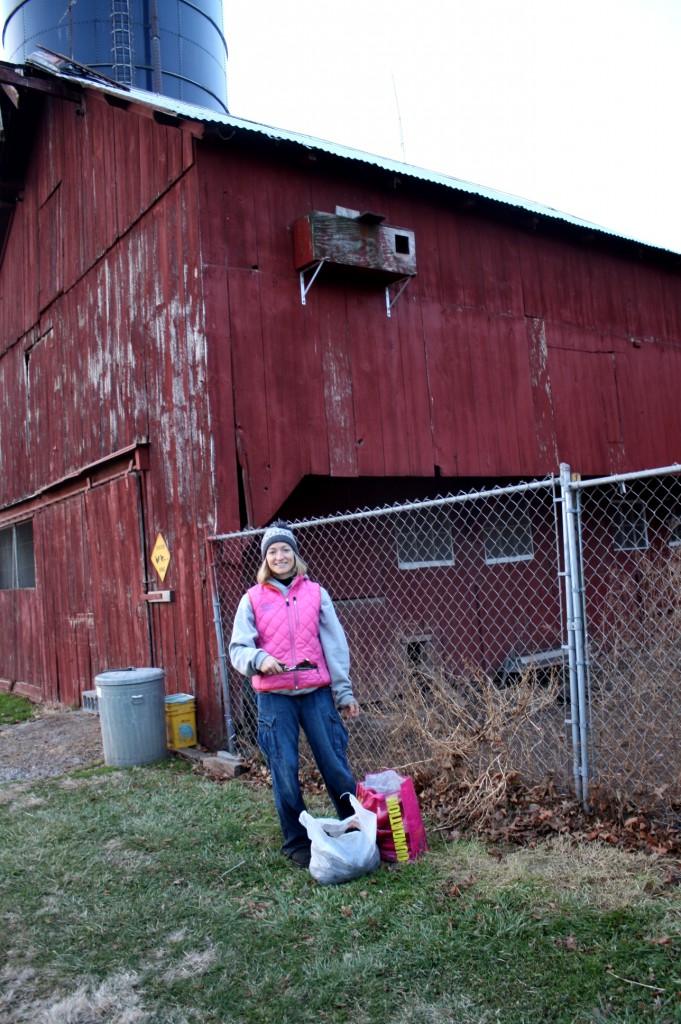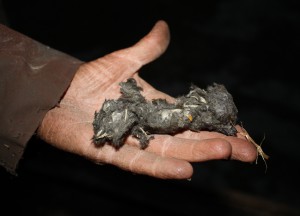Barn Owls in Monmouth County
by: Larissa Smith, CWF Senior Biologist
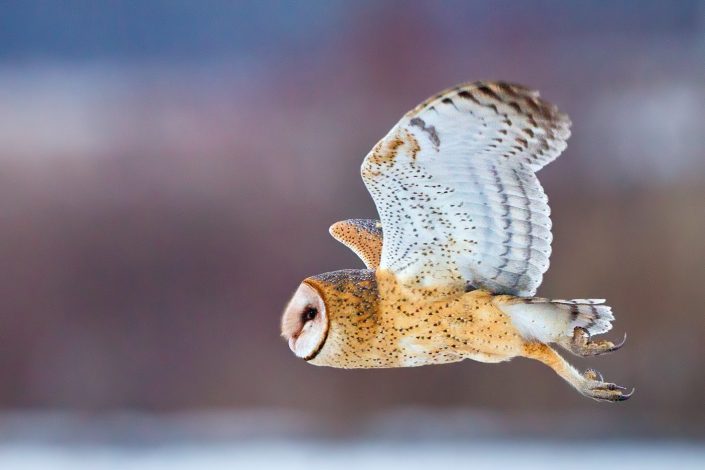
Barn Owls (Tyto alba) are one of the most widespread avian species in the world. Despite this impressive distribution, their numbers have been decreasing in parts of their range, and New Jersey is no exception. The barn owl population in New Jersey is in decline due to habitat loss associated with urban sprawl and development of former agricultural lands. Little is known about the Barn Owl population in central New Jersey. Through a grant from the Monmouth Audubon Society, Conserve Wildlife Foundation of New Jersey is partnering with Monmouth County Park System and the New Jersey State Park to construct, install and monitor three barn owl boxes. By providing suitable nest site opportunities we can potentially boost the barn owl population locally within Monmouth County as well as regionally as fledglings disperse to find their own nesting areas.
The first step of the project has been completed. CWF biologist Christine Healy and her Father Jim Healy have constructed three nest boxes that are ready for installation.
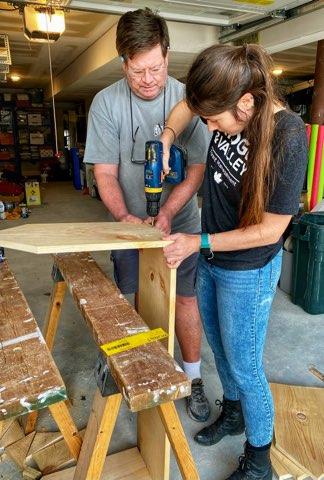
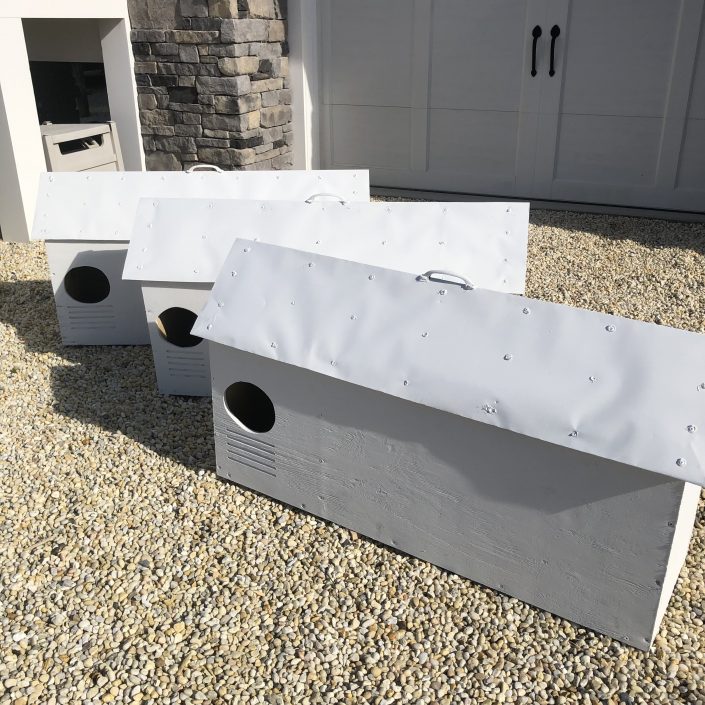
Would you like to learn more about the elusive Barn Owl, support the CWF Barn Owl Project and have a fun family night? Join us at Howls for Owls, at the Screamin’ Hill Brewing.
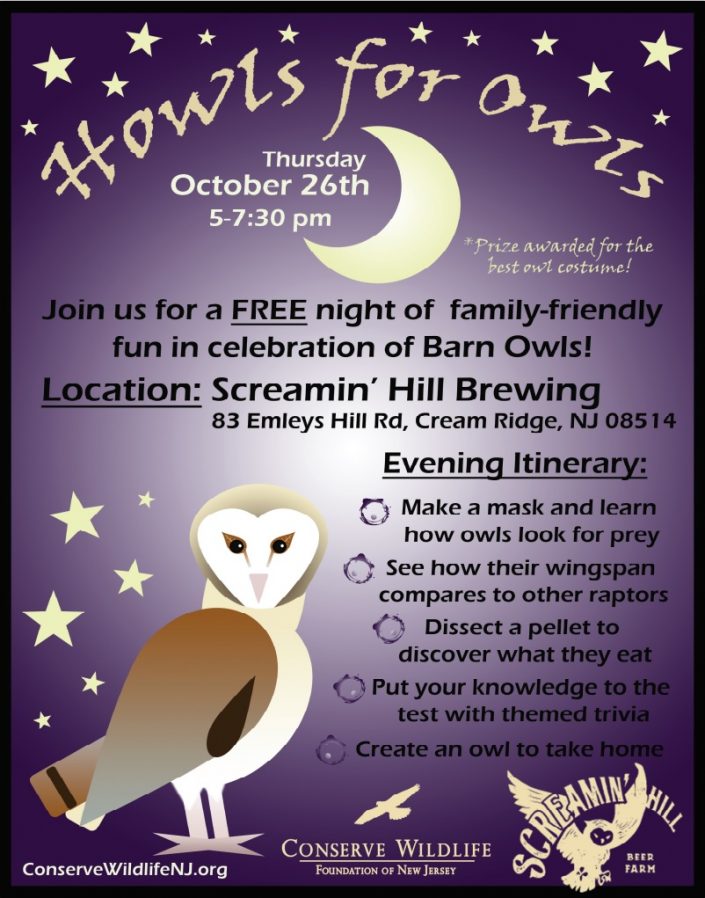
We Hope to see you there. This outdoor event will be cancelled for bad weather, so please stay updated on our website.
